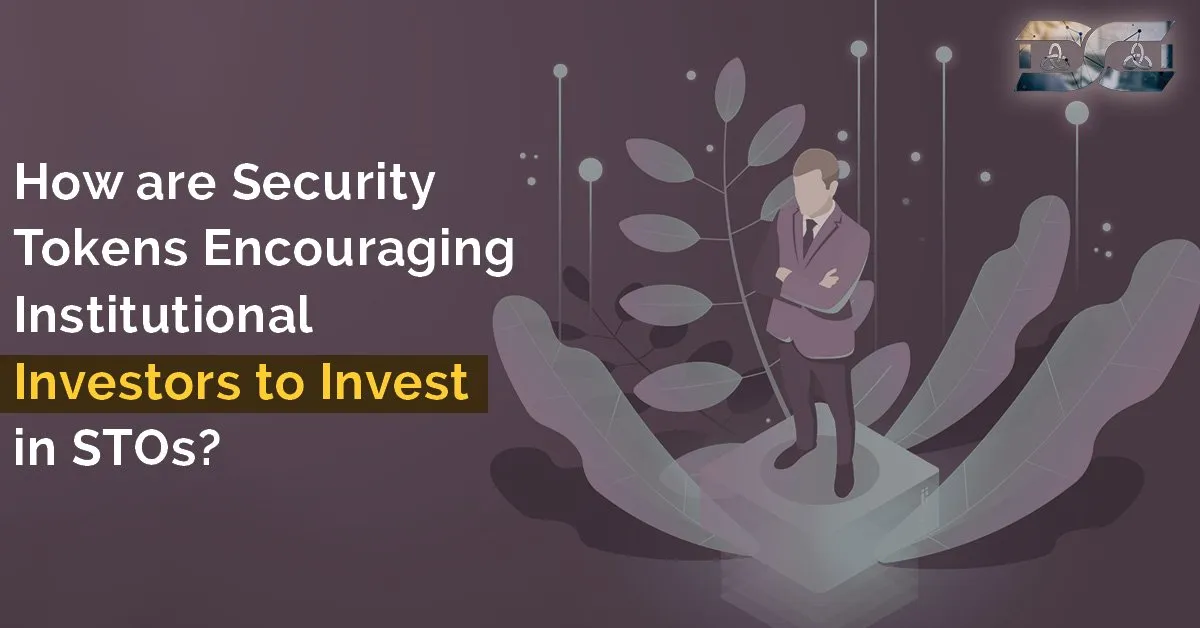

In the past couple of years, the increasing fraud instances, no minimum viable product (MVP) and lack of regulatory compliance in initial token offerings (ICOs) have decreased the institutional investors trust on ICOs, and forced them to stay away from it. As many as 80% of the ICOs in the past two years were found to be fake with no actual product.
Source from google
Drastic Shift From ICOs to STOs
Understanding the investor’s concerns, the experts and fundraising companies in the tokenized economy are slowly moving towards security token offerings (STO) as they are regulated and offers better investment protection to investors.
The added regulations in STOs, thanks to security tokens, have made the entire fundraising process transparent and regulated, which is also attracting a lot of institutional investors (e.g. hedge funds, large insurance companies, banks etc.) towards the blockchain-powered investment solutions. Security tokens, in simplest terms, is a digital representation of a tradable, valuable real-world asset. They are also heavily regulated in most countries like the US, Switzerland, etc.
Security tokens are similar to utility tokens, but they are backed by real-world physical assets like company shares, bonds, etc. It also provides legal ownership of real-world assets to the investors. Although, there is no clear definition in any of the major jurisdictions across the globe regarding security tokens. STO is a positive step towards bringing Institutional Investors back to the Crypto Space
STO is a positive step towards bringing Institutional Investors back to the Crypto Space
A log regulatory bodies and governments across the globe have responded positively to the security tokens and are also working on creating new legislation for the tokenized economy.
For instance,
The Swiss Financial Markets Supervisory Authority (FINMA) has published clear guidelines in 2018 about how they will quantify tokens offered in ICO/STOs from a legal and regulatory perspective.
Similarly,
The government of Liechtenstein, Estonia, Malta, Gibraltar and Singapore are also following FINMA footsteps by forming new legislation for STOs. In the US too, security tokens have emerged and are adhering to the SEC existing security laws.
Seeing such regulatory tightening across STOs, institutional investors across the globe are willing to take more risks by investing their money in STOs for reaping good returns or earning more profits. The exponential growth of STOs will primarily rely on how well security tokens are accepted and regulated in major jurisdictions across the globe.
Related: Why Institutional investors don’t trust ICOs for Investing their money. How are STOs better?
STOs, Fintech Startups, and Institutional Investors
The current positive hype around security tokens have encouraged a lot of fintech companies to organize security token offerings (STOs) for attracting large institutional investors for raising good amount of funds for their innovative investment solutions.
For instance,
DCI is one such innovative blockchain project of this year that is aiming to attract both private and institutional investors via conducting an STO and offering them limitless investment opportunities.
DCI is a unique cross-asset investment solution that will allow investors to create a hybrid portfolio of real and digital assets with a complete 360-degree view, further enhanced by advanced technologies like AI/robo-advisory, risk rating, and in conjunction with a human advisor.
To gain institutional investors’ trust, DCI has developed a solid legal and governance framework support local KYC/AML procedures, provide investment protection, and also offer custodian services. To unlock more secrets about DCI, read this blog To unlock more secrets about DCI, please visit the DCI Ecosystem and register on the website: Register Here
Originally published on: DCI Ecosystem Blog